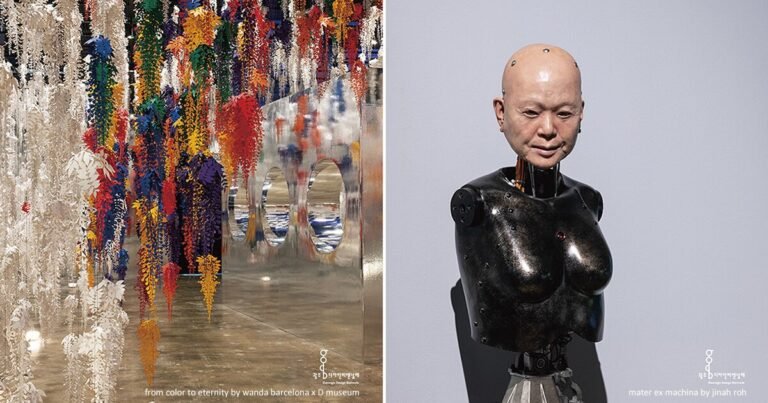Le Cèdre Community & Youth Center / Guillaume Ramillien Architecture
Le Cèdre Community & Youth Center / Guillaume Ramillien Architecture


Text description provided by the architects. The reconstruction on site of the Le Cèdre socio-cultural center, enriched with new services for young people and families, is the last “piece” of the ANRU urban and landscape requalification project for the Hauts d’Asnières district.


All the social, cultural, and symbolic functions of the district are brought together there with the aim of pooling resources – human, material, and energy – and encouraging their synergies. Located on the trapezoidal plot, The S-shaped building figure organizes the different poles of the program – children/youth, family, service/mediation, and artistic/cultural – in its wings around the central atrium. It also qualifies the open spaces of the site and preserves their tree heritage.



By folding, the architecture offers a “place to stand” for three gardens around the preserved cedars – a free play area, a shared vegetable garden, and a shade garden. Those gardens are a complement to the predominantly mineral public spaces of the neighborhood.

The community and youth center address Henri Poincaré street, the main artery of the district, while the auditorium is directly accessible from the Parvis in a “village square” logic. The central wing is organized around a large gallery in the form of a “foyer” which is the central piece of the project. It connects interior and exterior spaces and serves the entire program from its triple-height atrium.


In the face of climatic disturbances, the project questions the foundations and contours of a new ecological aesthetic with the choice of wood – spruce and douglas fir – construction and bioclimatic. The architecture expresses the structural rationality of its construction. The efficient necessity of the prefabricated elements produces an order of posts and beams that the orientation of the openings, the white brick cladding and the slope of the zinc roofs situate and distinguish.

Addressed in the public spaces, the white brick facades assert the perennial and institutional character of the building, while in the protected landscaped spaces, the wood reveals the warm and rhythmic character of the building’s structure.








